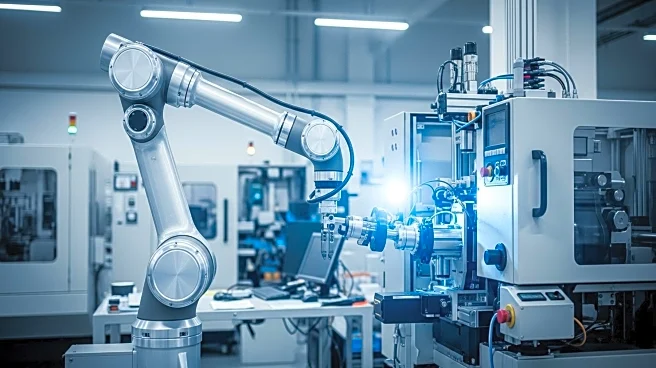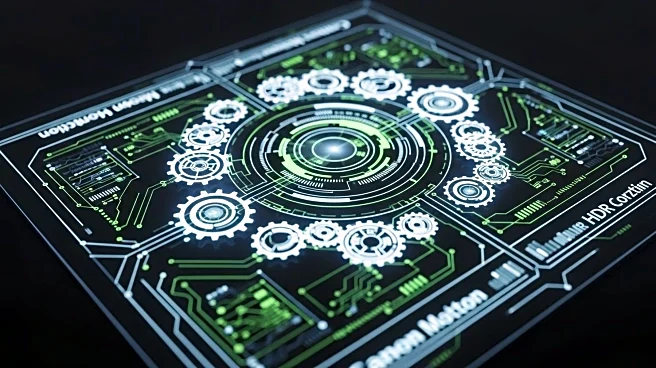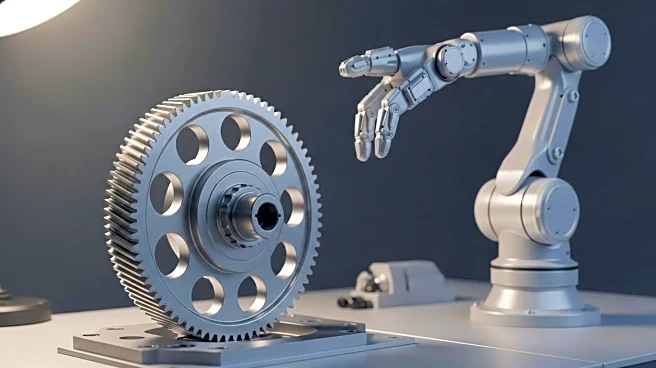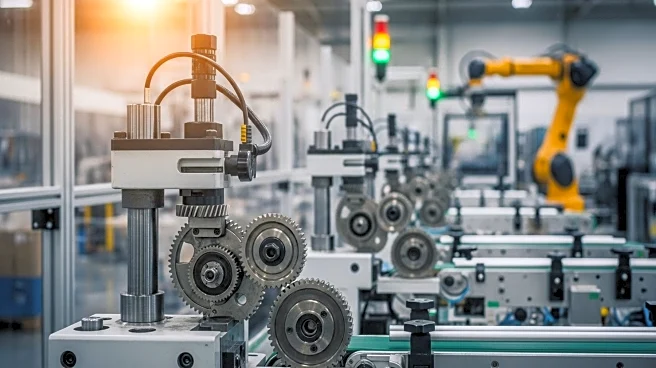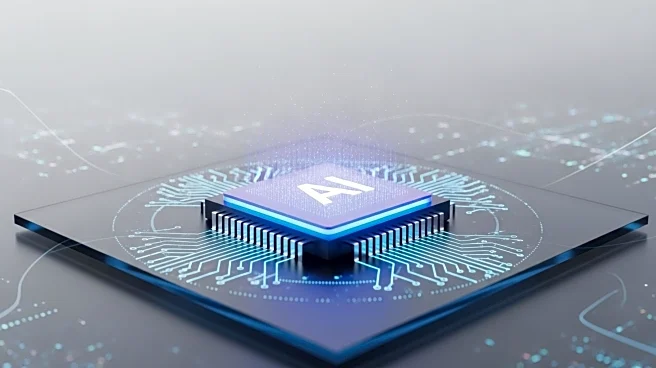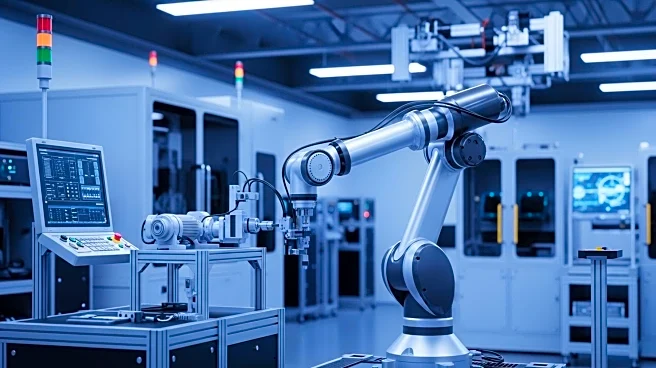What's Happening?
IndustryWeek has published an article discussing the integration of AI into lean transformation processes. The article outlines a 90-day plan for introducing AI into lean practices, focusing on problem-solving, quality at source, and maintenance through total productive maintenance (TPM). AI is positioned as a tool to enhance problem-solving by improving logic and evidence connections, deploying AI-enabled poka-yoke systems for early defect detection, and using predictive analytics for equipment reliability. The article emphasizes the importance of AI as a supplemental tool to strengthen the coach/learner relationship and accelerate learning cycles.
Why It's Important?
The integration of AI into lean transformation is crucial for industries seeking to enhance efficiency and reduce waste. By leveraging AI, companies can improve problem-solving capabilities, detect defects earlier, and maintain equipment reliability, leading to increased productivity and reduced costs. The approach aligns with the broader trend of digital transformation, where AI plays a pivotal role in optimizing operations and driving innovation. The emphasis on human-centered design ensures that AI complements rather than replaces human expertise, fostering a culture of continuous improvement.
What's Next?
Companies are likely to explore pilot projects to test AI integration within their lean transformation processes. As organizations implement AI-driven solutions, they may experience shifts in operational strategies and workforce dynamics. The focus on human-centered design suggests ongoing training and development for employees to adapt to new technologies. Industry leaders may also engage in discussions on best practices for AI adoption, sharing insights and experiences to refine strategies and maximize benefits.
Beyond the Headlines
The integration of AI into lean transformation raises ethical considerations regarding workforce impacts and the balance between automation and human roles. As AI becomes more prevalent, companies must navigate challenges related to transparency, trust, and the potential for algorithmic bias. The emphasis on human-centered design highlights the importance of maintaining a collaborative environment where AI serves as a tool to enhance human capabilities rather than replace them.

